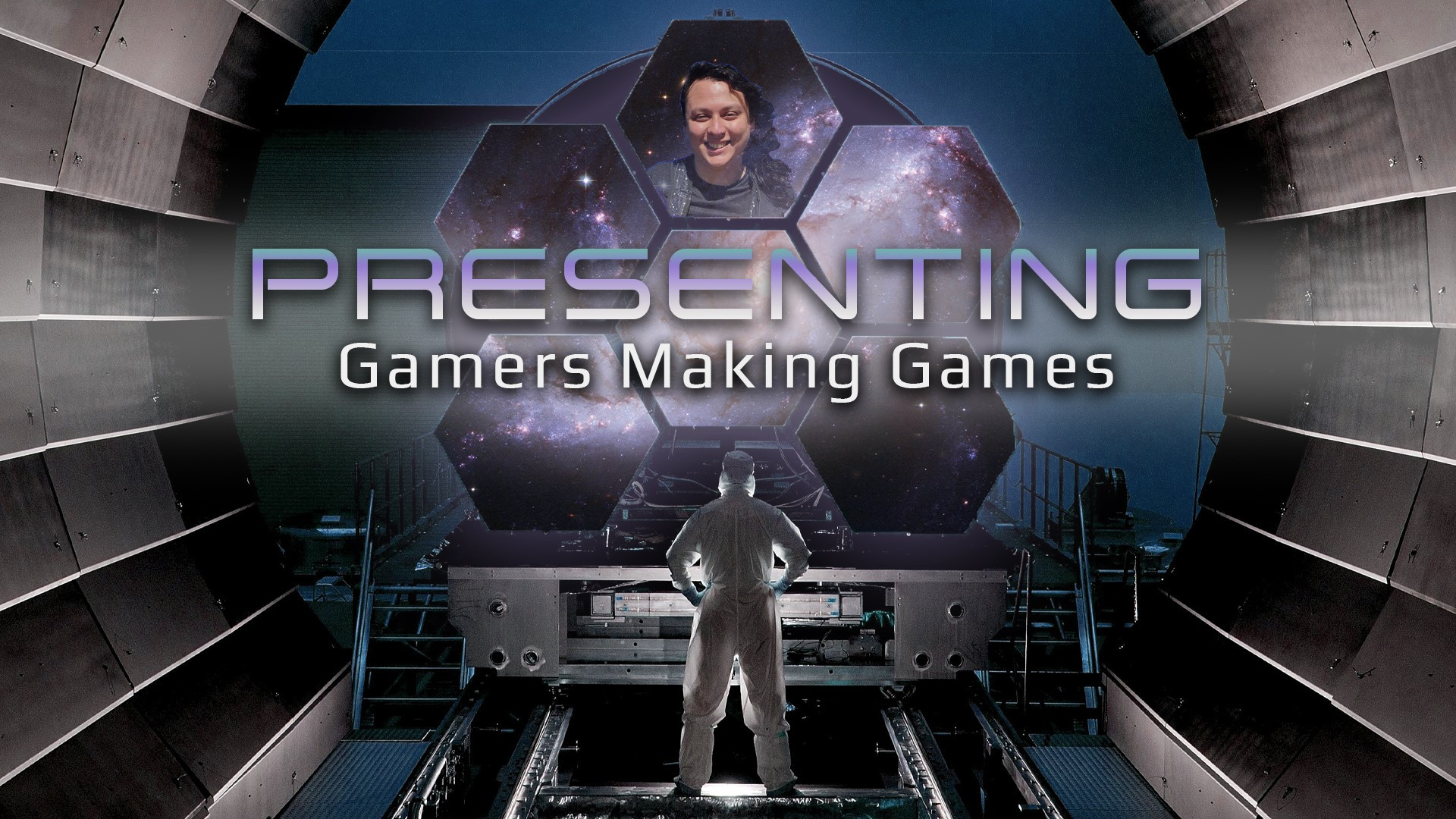Hey, I’m Scott Gladstein and I’m the producer over at Little Red Goblin Games. I’ve written for a host of companies including some work for Paizo on Pathfinder 2e’s monsters. When Know Direction gave me a chance to write a topic for them during the Guest Blogger Takeover I knew exactly what I wanted to write about- some ludonarrative aspects in Pathfinder/Starfinder!
“Ludonarrative” is a fancy word that means “where the mechanics (rules) and story interact”; “ludo” meaning “Game” and “narrative” referring to a story. We see it all the time in tabletop games like when a good bit of roleplaying or quick thinking is rewarded by a bonus to a roll, when the GM describes the implications of a critical failure within the context of the story, or even how your character’s Charisma augments your own as you give a speech.
Grit & Resolve
Pathfinder and other Paizo games have some really interesting ludonarrative aspects to their design and I wanted to highlight a few of my favorites. The first is one you’ve probably seen at your table if you’ve run a party with a gunslinger is “grit”. In Pathfinder 1st Edition grit can be gained in several common ways (by default): scoring a critical hit with a firearm, delivering a killing blow with a firearm, but (most interesting for us) there is a sidebar about how dramatic, risky, or just plain stylish actions can net you grit. This was actually much more prevalent in the playtest draft of the gunslinger but shows how you can use a resource that fluctuates based on a ludonarrative interaction. If you play like how a gunslinger should play (narratively), you get rewarded (mechanically) with a resource (grit) that lets you do more “gunslinger things” (deeds). The story reinforces the rules and the rules reinforce the story.
Similarly “Resolve Points” in Starfinder work on a similar principle. While they are not regained in the same way the last ability of a Theme often grants a thematically relevant way to recover them. For example, the Outlaw theme can recover them by spending time planning a heist (rewarding the character’s narrative actions with a mechanical benefit).
Rival (Story Feat)
The next one I wanted to point out is the Rival story feat (and story feats in general). Story feats, as a refresher, are feats that have a benefit that improves upon completing some goal in the story and add narrative aspects (possibly constraints) to your character’s background. The Rival feat is both an example of how to write one well and how to write one poorly.
Essentially the Rival feat means you have a rival who you are in a life or death struggle with (Batman vs Joker, Holmes and Moriarty, me and my editor, etc). The contest makes you stronger granting you a few extra skill points as you level and increasing your fame score. The “goal” of this feat is to defeat your rival, soundly, without anyone else interfering. If you complete the goal you get to take a natural 20 on a single skill check each day.
I absolutely love the narrative implications of this- it is a great hook for the GM to grab onto and really gives a purpose to your characters beyond the bog-standard ones. Tying it into some mechanics gives the GM an easy way to tangibly reward you for achieving your goal. While all goals your character has are meant to be achieved, making it a mechanical reward makes it a more literal carrot on a stick. In the hands of a good GM this can lead to some great storytelling: like a recurring Lieutenant to the boss that your character might deviate to deal with. In the hands of a bad GM this becomes a forgotten feat that will never be completed and can create tension between the player and the GM over its achievement.
I do think its mechanical rewards are a little off the mark though, they are too broad and general to create a concrete connection in the ludonarrative sense. An increased number of skill points doesn’t equate directly to your conflict with your rival. I think I would have liked to have seen a more tangible mechanical connection. Perhaps changing it to a static bonus on d20 rolls on checks directly related to or opposed by your rival (though that does admittedly make it only as applicable as the villain is to the story).
Designing with the Ludonarrative Mindset
At Little Red Goblin Games we love dropping ludonarrative content in our products so I wanted to offer a little advise to any aspiring designers or even GMs looking to add some flavor to their game. Whenever you make a mechanical decision, ask yourself how it would effect potential player actions in a narrative sense. Does it give them a new story option? Grant them more narrative agency in the world? Present them with something they couldn’t do in the story before? While a flaming longsword adds 1d6 additional fire damage on a successful hit- what does it add to the story? What new narrative potential does it add to your game? Would it be more narratively impactful to give the player a flaming longsword that only burns the guilty (granting them the ability to effectively distinguish between the innocent and guilty, though only by causing grievous harm)?
While we’ve been talking about the virtues of considering the ludonarrative implications of content you add to your world, I have to say that it’s not always the most important thing. Giving narrative control to every piece of gear, every feat, and every class feature is very hard to keep track of and can bog down your story in minutia. Use it when it counts but always at least think of the narrative implications of whatever you are allowing in your game.
Shameless Plug
Some of the most fun we’ve had (somewhat recently) with ludonarrative design is Little Red’s Guide to Lichdom (for PF1 and PF2). We got to write stuff like the mechanical implications of some very cool alternate phylacteries. Like what happens if your lich’s phylactery is an abstract concept like “the concept of justice”, if your loved one is your phylactery, or if you had a “reverse phylactery” and tying some mechanical implications to those.






